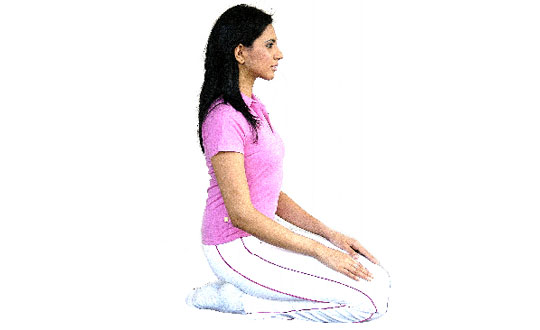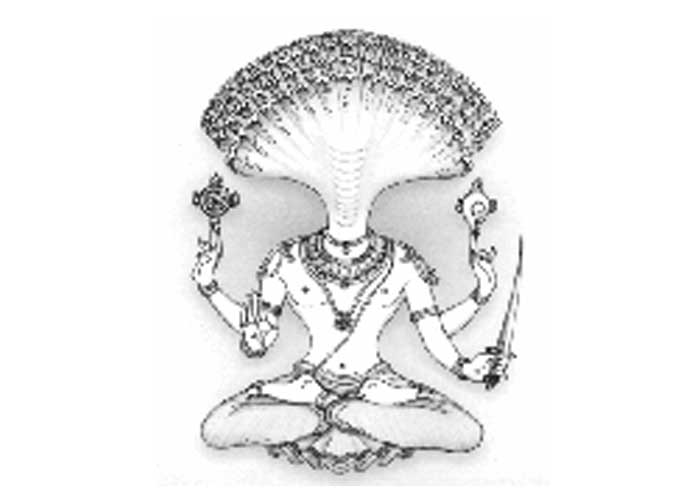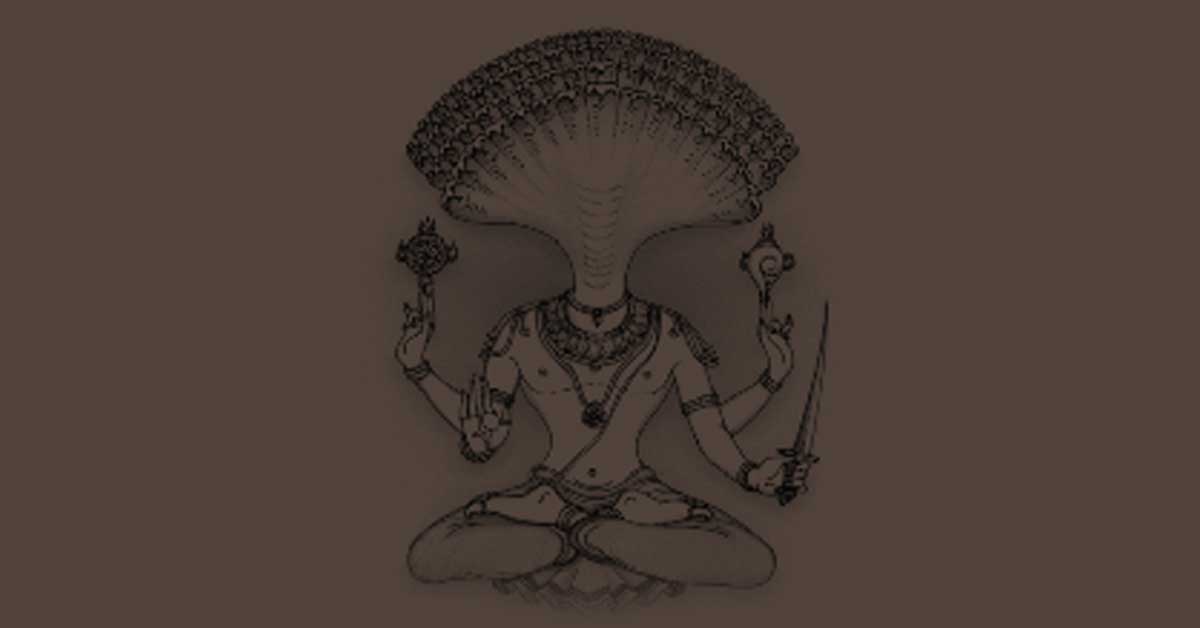Have we ever thought why there is so much focus on breath in yog? Did we know that the speed of breath is directly proportionate to ageing? Or that stress, anxiety, fear etc. can actually be addressed when we breathe the right way?
The act of breathing is so spontaneous, natural and automatic that we are not even aware of it. It is the very essence of life. Yet, the way we breathe can have a long-term impact on our body.
From practical point of view, the process of respiration may be understood in terms of what you take in from the external environment, how the exchange happens and at what rate it happens. As we breathe, energy is produced and as an equal and opposite reaction, certain toxins are also released in the body. In Yoga, these are called ama. Ama, which is acidic in nature, if not thrown out of the body starts collecting, thereby leading to slow corrosion of the internal organs, taking it towards deterioration and destruction.
In the February issue of TIW, we discussed the Ujjai Pranayama, which is the way nature intended us to breathe. The pranayama has an instant balancing and purifying effect. In this issue, we will touch upon another simple yet extremely powerful technique from Sanatan Kriya to ensure that no residue (ama) is left in the body during the act of breathing. It is called the Yogic Breath. For this,
Sit with your spine straight, preferably in Vajrasana. Close your eyes and become aware of the breath at the tip of the nostrils. Try to make it longer and deeper.
As you inhale, the breath fills up your body from the abdomen, up till the throat. First the abdominal region expands, followed by expansion of stomach, lungs (diaphragm is pushed down), chest, shoulders and throat.
As you exhale, empty out first the throat, next chest and shoulders, followed by lungs (diaphragm is pulled up) and finally the stomach and abdominal region.
This is the Yogic Breath. Continue with the inhalation and exhalation cycle for as long as comfortable.
NOTE: While practicing any pranayama, sit in a well-ventilated room. Pranayama must not be practiced in a breezy or dusty environ. Similarly one should not sit directly under the direct blast of an air cooler or fan while doing pranayamas. It is essential that pranayamas be done under the supervision of the Guru. Doing pranayama in an unsupervised manner either by copying from TV or reading from somewhere can cause long term irreparable damages in the body.




